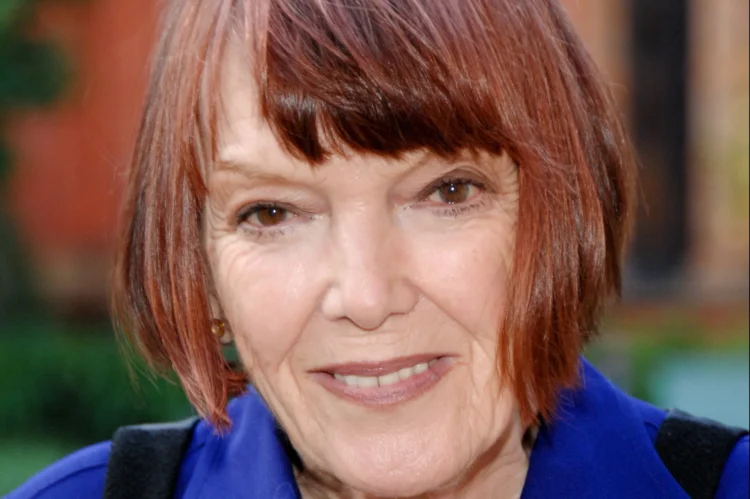By Charlotte Webster-
The fashion designer and legendary icon of the 1960’s, Mary Quant has died at the age of 93, her family have said. She was 93 and well-known as a pioneer of the mini-skirt and hot pants.
The well-known fashion designer was a pioneer of the mini-skirt and hot pants, and was one of the most influential figures in the fashion scene of the 1960s. She is credited with making fashion accessible to the masses with her sleek, streamlined and vibrant designs.
Former Vogue editor Alexandra Shulman called Dame Mary a “leader of fashion but also in female entrepreneurship”, adding she was “a visionary who was much more than a great haircut.”
Vanessa Friedman, the fashion director of the International New York Times, tweeted: “RIP Mary Quant, who freed the female leg. We owe you.”
Her family described her as “one of the most internationally recognised fashion designers of the 20th Century and an outstanding innovator”.
“She opened her first shop Bazaar in the King’s Road in 1955 and her far-sighted and creative talents quickly established a unique contribution to British fashion.
“It’s impossible to overstate Quant’s contribution to fashion. She represented the joyful freedom of 1960s fashion, and provided a new role model for young women.
“Fashion today owes so much to her trailblazing vision.”
Peacefully
A statement released on behalf of her family said: “Dame Mary Quant died peacefully at home in Surrey, UK, this morning.
“Dame Mary, aged 93, was one of the most internationally recognised fashion designers of the 20th century and an outstanding innovator of the Swinging Sixties.
“She opened her first shop Bazaar in the Kings Road in 1955, and her far-sighted and creative talents quickly established a unique contribution to British fashion.”
Bazaar was one of the few shops in London that offered a radically different shopping experience – with loud music, free drinks and late opening hours.
Alexandra Shulman, former editor-in-chief of British Vogue, paid tribute to Dame Mary, writing on Twitter: “RIP Dame Mary Quant. A leader of fashion but also in female entrepreneurship – a visionary who was much more than a great haircut.”
The V&A Museum, which recently hosted an exhibition about Dame Mary’s designs, tweeted: “It’s impossible to overstate Quant’s contribution to fashion.
“She represented the joyful freedom of 1960s fashion, and provided a new role model for young women.
“Fashion today owes so much to her trailblazing vision.”
Leading a fashion revolution, Dame Mary Quant came to be front and centre of a movement which empowered a new generation of young working women with money to spend to express themselves through what they wore.
She famously said “the young were essentially tired of wearing the same as their mothers”.
Her Chelsea boutique Bazaar has retained a high level of quality and appeal up until now.
A day’s takings would pay to make the next day’s fresh designs. The turnaround was quick, feeding into an insatiable appetite Quant had created for the latest trends.
The fashion icon was one of the first designers to see the value in creating a reasonably affordable brand with youth as its focus. A more liberated, comfortable and self expressive form of fashion for the masses.
One of the most important figures in fashion, Quant’s influence can still be seen on catwalks.
Jenny Lister, the curator of the Dame Mary Quant exhibition at the V&A, said the fashion designer “blasted through barriers of snobbery and tradition” and will “always represent the joyful freedom of fashion in the 1960s”.
“With her unique sense of humour, style, and determination to democratise and share the fun and creativity of her designs, she provided a new kind of role model for young women, creating a space for them to be themselves,” she said.
“She helped to define Britain’s global identity as a centre of streetstyle and innovation, with signature looks such as PVC macs, colourful tights, and the skinny-rib sweater.”
Dame Mary was the daughter of two Welsh teachers but was born in Blackheath, London, in 1930.
In 2014, she was made a dame for services to British fashion in the Queen’s New Year Honours list.
The same year, Dame Mary, who named the mini-skirt after her favourite make of car, recalled its “feeling of freedom and liberation”.
Her clothes were popularised by models Twiggy, Jean Shrimpton and Pattie Boyd, and singer Cilla Black.




